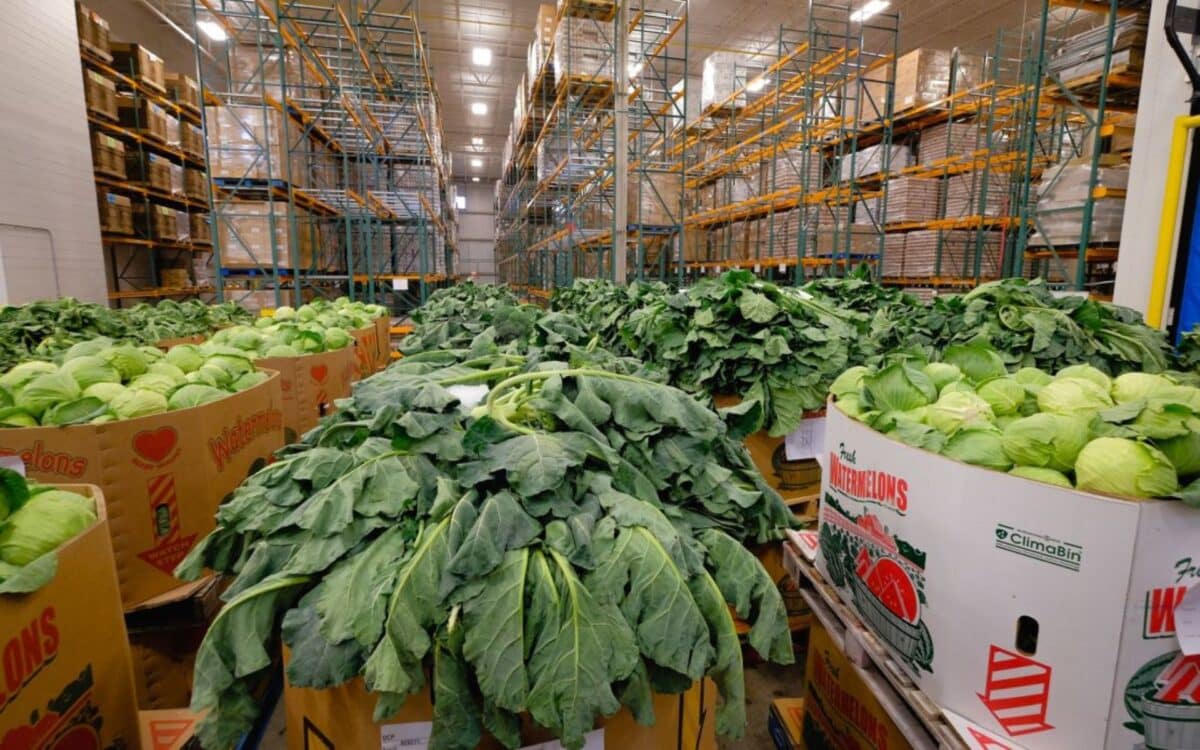Federal proposals to reduce funding for the Supplemental Nutrition Assistance Program (SNAP) could severely impact Ohio’s most vulnerable populations, local food banks, and the state’s economy, according to advocates and researchers.
Devonlive reports that these cuts may result in widespread consequences for those already struggling to afford basic necessities, and food banks may face overwhelming demand. Experts are voicing concerns over the potential long-term effects on both individuals and the broader state economy.
Financial Strain on Ohioans
Under current budget resolutions being debated in Congress, a drastic $880 billion could be slashed from programs overseen by the U.S. House Energy and Commerce Committee and the House Agriculture Committee, with SNAP at the forefront. These cuts, if enacted, would significantly diminish the resources available to low-income families who rely on SNAP to afford essential food.
The principal entitlement programs under these committees are Medicaid and the Supplemental Nutrition Assistance Program… which indicates that these two programs are the principal targets for budget cutbacks,
researchers at The Commonwealth Fund said in a recent report.
The report suggests that the $230 billion in proposed cuts would largely target SNAP, with funds redirected to pay for tax cuts benefiting wealthier business owners and households.
Research from the Commonwealth Fund highlights the potentially devastating effects on state economies, particularly in Ohio.
The report suggests that cuts to SNAP could lead to a $30 billion decrease in the national economic output, and Ohio could face a nearly $8 billion reduction in its SNAP funding by 2034.
Impact on Ohio’s Food Banks
In Ohio, food banks already struggle to meet growing demand, with 1.5 million individuals in the state currently receiving SNAP benefits. According to Hope Lane-Gavin, director of nutrition policy and programs at the Ohio Association of Food Banks, any reduction in SNAP funding will exacerbate the pressure on food banks.
I can’t imagine, in our current state environment, what the state would do if they had to take on any other burden for the SNAP program – Lane-Gavin said.
We continue to break records in numbers of people served, in first-time people served, in amount of food served.
The cuts to SNAP would come as part of broader budgetary measures aimed at reducing federal spending. However, Lane-Gavin stresses that county job and family services agencies in Ohio are already underfunded and unable to shoulder additional burdens.
We can’t afford it; we don’t have the food – Lane-Gavin added.
The average SNAP benefit in Ohio is $5.92 per person per day, which is a critical amount for many recipients. Lane-Gavin mentioned that food banks serve as a vital supplement to the SNAP benefits, as many Ohioans rely on these extra resources to ensure they have enough food.
Specific Congressional Districts Impacted
The cuts would significantly affect specific areas in Ohio. The 11th U.S. House District in Northeast Ohio has the highest number of SNAP recipients in the state, with more than 20% of the district’s population receiving assistance.
The 2nd U.S. House District in Southeast Ohio follows closely, with nearly 16% of the district’s population relying on SNAP.
As of the last reported month, the Ohio Department of Job & Family Services reported that nearly 1.5 million Ohioans receive SNAP assistance, accounting for more than $258 million in regular funding allotments to support the state’s recipients.
Potential Economic Consequences
The Center on Budget and Policy Priorities warns that cuts to SNAP are likely to result in lower consumer spending, harming local economies.
SNAP recipients often use their benefits at local retailers, and reductions in funding could lead to an estimated 10,000 SNAP-authorized retailers in Ohio losing revenue.
State economies would be seriously harmed by SNAP cutbacks – the Commonwealth Fund stated.
Their aggregate (gross domestic products) would be nearly $18 billion lower, and total economic output would be $30 billion lower.
Additionally, the Commonwealth Fund reports that nationwide, approximately 143,000 jobs could be lost due to cuts to SNAP, with 78,000 jobs in the agriculture, retail grocery, and food processing sectors.
Proposals for Snap Reductions
Congress is still deliberating over specific measures to reduce SNAP funding, but several proposals have surfaced, including cutting benefits or tightening eligibility requirements.
One potential option discussed is eliminating the Thrifty Food Plan, a nutritious, practical, cost-effective diet prepared at home for a ‘reference family’, which calculates the cost of a healthy diet.
Another measure could be the expansion of work requirements for SNAP recipients, further complicating access to assistance for those already facing economic hardships.
The Center on Budget and Policy Priorities warns that a cut of $230 billion from SNAP would almost certainly involve slashing benefits, restricting eligibility, or both.
Lawmakers cannot cut $230 billion – or anything close to that amount – from SNAP without slashing benefits, restricting eligibility, or some combination of both – the center’s analysis stated.









